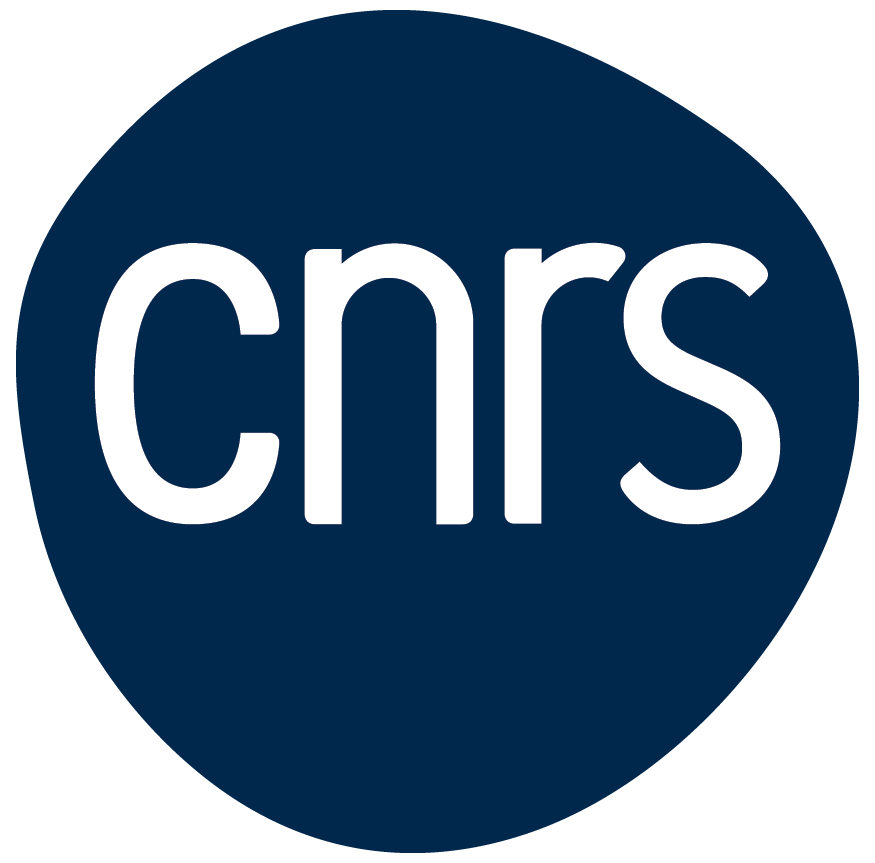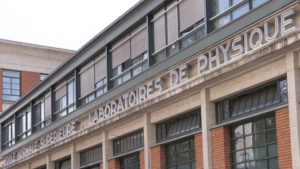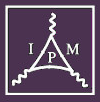The study of quantum properties of matter requires the development of high-resolution detection systems, both temporally and energetically. In this work, researchers from the Mesoscopic Physics team, in collaboration with ENS Lyon, LPS Saclay and C2N took advantage of the properties of the quantum Hall effect in order to realize a detector of electromagnetic radiations. The detector is an electronic Fabry-Perot interferometer that makes use of the ballistic propagation of electronic waves along the edge channels of the quantum Hall effect. It uses quantum point contacts as beam-splitters for electrons. Within the interferometer, an electromagnetic wave interacts with a mono-electronic current pulse, leading to a change of the phase of the electron wavefunction. The measurement of the dephasing at the output of the interferometer allows to directly obtain the amplitude of the electromagnetic radiation.
The researchers show that their system can detect signal as low as a couple of dozen photons with a time resolution of about 10 ps. This work establishes an experimental demonstration of an experimental principle aimed toward the development of a quantum radar that would allow to probe the quantum properties that manifest in mesoscopic systems such as those present in squeezed states or Fock states.
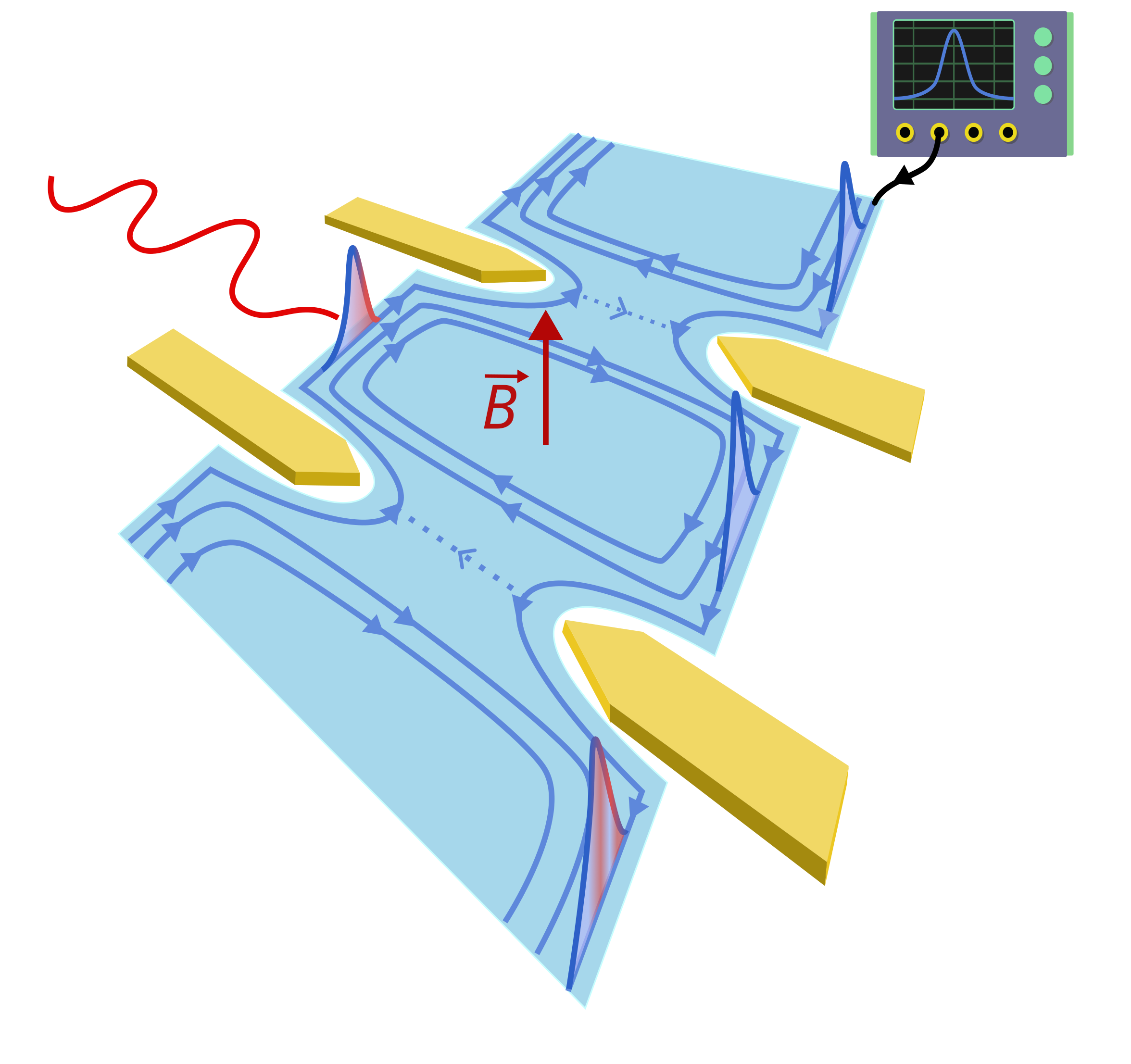
Illustration of the principle of Fabry-Perot interferometry based on the Quantum Hall effect
More:
https://www.nature.com/articles/s41565-025-01888-2
Affiliation author:
Laboratoire de physique de L’École normale supérieure (LPENS, ENS Paris/CNRS/Sorbonne Université/Université de Paris)
Corresponding author: Gerbold Ménard
Communication contact : L’équipe de communication

